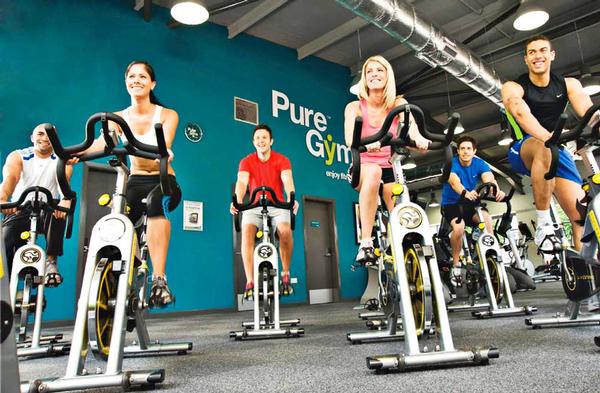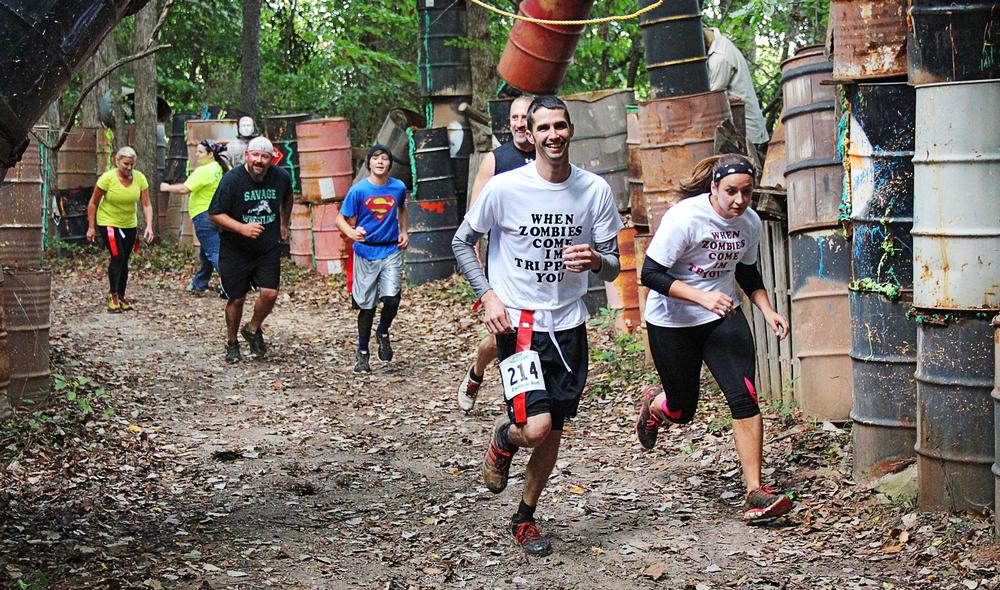It’s a pleasure to be publicly authoring my first ‘forecasts for the year ahead’ for ukactive. This article has always been a favourite here, as we try and predict what’s next for the sector.
Perhaps the most confident prediction we can make for 2016 is that the variety of options to be active will continue to expand. Innovators and entrepreneurs who can bottle up a solid concept with a good price will go far, whether that’s specialist boutiques, trampolining mega-centres or mass participation events. Certainly no man, woman or child will go wanting for the provision of fitness in any setting in the forthcoming year. Expect to see more traditional, mainstream operators muscling in on the trend.
The mega-trusts
Talking of the traditional sector, the sale of LA fitness to Pure Gym could be indicative of what we will see over the next year, especially if more big-name operators seek to move out of the squeezed middle ground between budget and high-end. What a tale Pure Gym has delivered – now the biggest private operator in the UK. What has that done for the growth appetites of its major competitors?
For public operators, contracts and tenders for increasingly long-term deals with local authorities will be big battlegrounds, with large operators now willing to front up more of an initial investment to seal lucrative partnerships spanning 10, 15 and 20 years. This will make it more difficult for small and medium-sized trusts to compete when the big fish come swimming in even the smallest of ponds. Will they battle on, or will they settle for peace through alliances with the big players?
Nevertheless, as leisure contracts increasingly become tied to local health and sport strategies, community roots and historic investment in local areas will no doubt play a part; operators that can convince buyers their offer is not just a box with treadmills and barbells, but rather a lynchpin of modern community life, will thrive. However, they’ll be expected to do that at a cost to the leisure operator, as opposed to the local authority client.
Evolving technology
2016 will prove an interesting time for suppliers too, particularly the large equipment manufacturers. Competition is always tough in the supplier sector, but there are plenty of opportunities too.
The workplace health space for example – a core focus of government spending plans and HR policy of all sensible businesses – will require innovative solutions to keep staff moving. Expect to see suppliers reaching beyond their previous boundaries.
Suppliers should also be cautious of the impact of external technology; in the digital age, software can become defunct overnight. Seventeen-year-old app developers in bedrooms across the globe are in a race to once and for all crack the holy grail of fitness tracking aggregation; something big may be around the corner.
But technology need not be a bogeyman: the growth of tech capabilities means a new generation of fitness kit will have new and exciting capabilities beyond what we’re seeing today. Maybe not next year, but sooner than we think, gyms will be using virtual reality to aid workouts. Why run on a treadmill watching Homes Under the Hammer when you could run the 10,000 metres immersed in the atmosphere of the Olympic Stadium? Or battle zombies through a group exercise class?
The fusion of fitness with games – the gamification of real life – will be a revolutionary force in our sector, both inside centres and in other settings too.
Sector diversification
The activity sector itself is growing too. ukactive’s Blueprint for an Active Britain – developed in collaboration with the likes of the Royal College of General Practitioners, Mind, Age UK, Living Streets and the Outdoor Industries Association – shows there’s now a huge number of providers coming under our remit. From sporting bodies and new NGBs to charity projects and voluntary initiatives, what our sector means, and the net it casts, is growing.
The Department of Culture, Media and Sports’ consultation on the new Sports Strategy, published late last year, will increasingly tie the knot between the ambitions of sport and what our sector does every day. Whether this arranged marriage will be holy matrimony from the word go remains to be seen, but in the medium term we’ll see funding traditionally reserved for sports governing bodies widened to include the full span of physical activity promotion, with any organisation that’s able to deliver an increase in participation invited to the party.
We’re also set to see a growing interest from large consumer brands wanting to partner with our sector to deliver CSR initiatives and so forth. Leisure operators will start to play a key role in delivering more programmes along the lines of the Coca Cola Parklives initiative.
Although the sugar debate rumbles on in the media, the activity sector stands to benefit from a greater focus on the activity narrative from all sides, and brands that act with the true intention of getting more people active – through a credible evidence-base programme not linked to product sales – will remain our partners.
Embracing public health
Finally, we remain surer than ever that physical activity is the greatest avenue to improving the nation’s health. Despite cuts to the Public Health grant of £200m, local authority public health teams continue to increase investment from their public health spending. This has now almost tripled since ukactive first unearthed this data in 2013. On average, all 150 top-tier local authorities in England are spending an extra £300,000 on physical activity versus two years ago, and we’re proud of that.
Of course, the downside is that much of this extra spend is countered by cuts in leisure budgets, which have been ongoing for some time. In an austerity regime, it’s unlikely this will cease any time soon. The message to operators is that it’s crucial to get on board with the public health agenda, making sure local directors of public health are aware of the impact existing activity services have on local population health outcomes – and that they share our vision of how even more could be done.
Driving investment from the NHS by establishing physical activity as core business of Clinical Commissioning Groups (CCGs) will be a big part of ukactive’s message during 2016. We want to show the CCGs that their local outcome frameworks – which are centred around lower incidences of long-term non-communicable disease – can be influenced by investment into public health initiatives to the extent that they can’t afford to leave this solely in the hands of local authorities.
This year will also see the launch of the National Diabetes Prevention Service, an historic initiative that will see the NHS link with leisure providers in a structured, focused way. The opening of this door will bring added scrutiny of our evidence base, but also another welcome public partner to fulfil the mission of getting more people moving to turn the tide of inactivity.
In summary, we’re confident that 2016 will be a positive one. The tide is certainly flowing in our favour as we continue to work with the public and government to get more people, more active, more often.























































